Completed 4 Beam 68 m (223 ft 1 in) In service 2003–present | Active 2 Built 2002–2003 | |
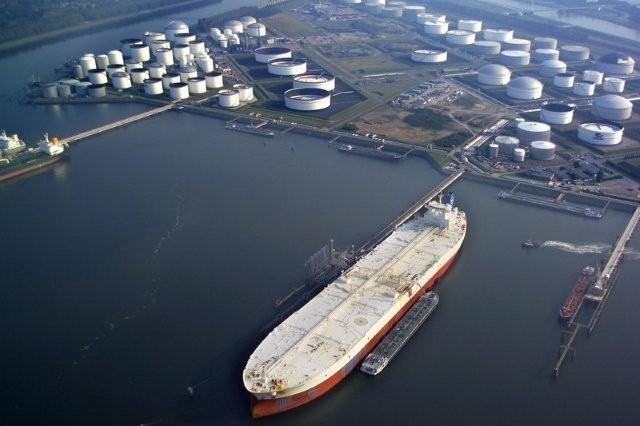 | ||
Type Ultra Large Crude Carrier Length 380 m (1,246 ft 9 in) o/a Capacity 3,166,353 barrels (503,409,900 L) Speed 16.5 knots (30.6 km/h; 19.0 mph) (laden) Builder Daewoo Shipbuilding & Marine Engineering Tonnage 234,006 GT; 162,477 NT; 441,585 DWT Displacement 67,829 long tons (68,917 t) light; 509,484 long tons (517,660 t) full load | ||
The TI class of supertankers are currently the four largest ships in the world (by displacement, deadweight tonnage ≈ cargo mass, and gross tonnage, a formula value based on internal volume, not mass). The class comprises the ships TI Africa, TI Asia, TI Europe and TI Oceania, where the "TI" refers to the VLCC Tanker Pool operator Tankers International L.L.C. The class were the first ULCCs (ultra-large crude carriers) to be built in 25 years.
Contents
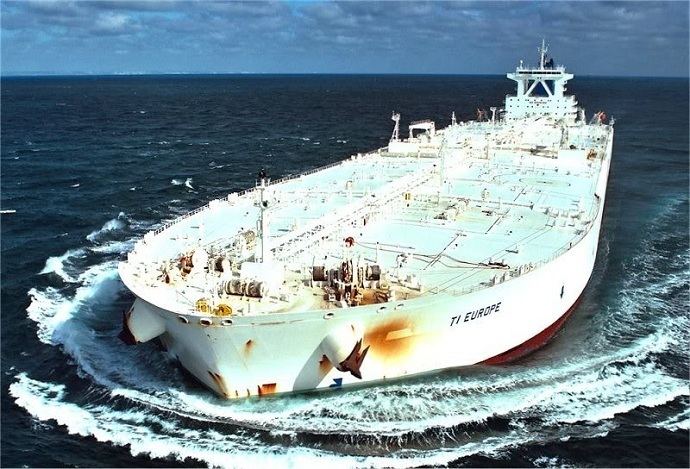
Compared to the TI Class, the Maersk Triple E class container ships are longer and have a higher cargo volume, including above deck containers. The previous largest ship, the supertanker Seawise Giant, was scrapped in 2010.
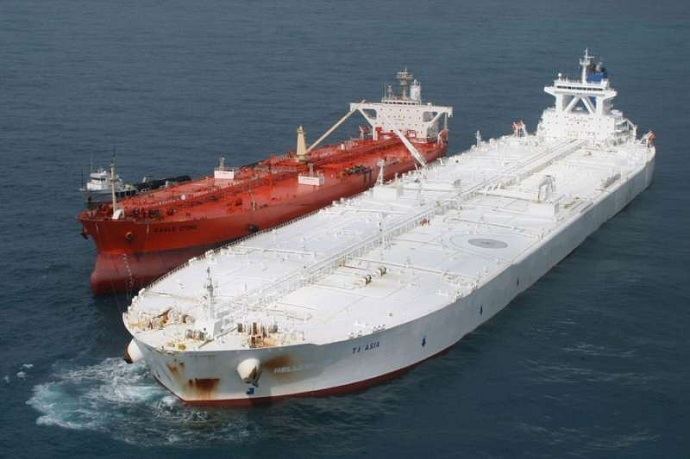
History
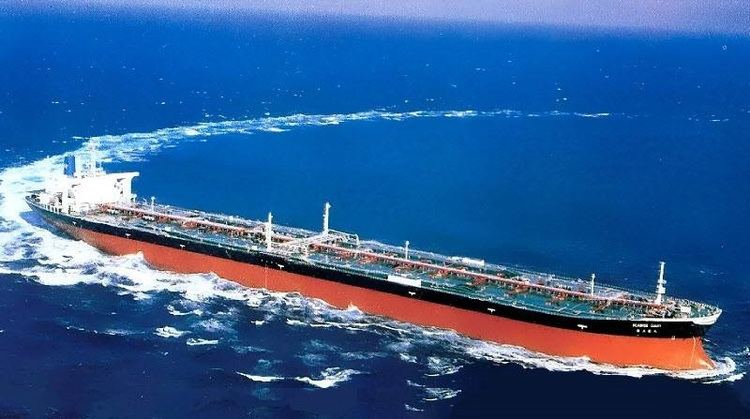
All four oil tankers were constructed for shipping company Hellespont by Daewoo Shipbuilding & Marine Engineering in Okpo, South Korea in 2002/3. The class was originally named Hellespont Alhambra, Hellespont Fairfax, Hellespont Metropolis and Hellespont Tara. In 2004 the class was jointly purchased.

Euronav NV, a Belgian shipowner, purchased Hellespont Fairfax and Hellespont Tara, renaming them TI Oceania and TI Europe respectively flagged for Belgium. Overseas Shipholding Group (OSG) purchased Hellespont Alhambra and Hellespont Metropolis and renamed them TI Asia and TI Africa respectively flagged Belgium.
Hellespont Fairfax was the subject of The Discovery Channel's television show Superships, episode "Launching a Leviathan—Hellespont Fairfax".
Conversion
In 2009 and 2010, TI Asia and TI Africa met the same fate as the former Knock Nevis and were converted into sophisticated Floating Storage and Offloading (FSO) vessels. The extensive conversions were carried out by Euronav and OSG at Dubai Dockyards. The FSO Asia and FSO Africa were placed in the Al Shaheen oilfield offshore Qatar in January and August 2010 respectively.
Features
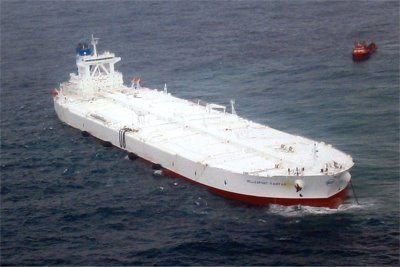
The class possesses a relatively high service speed (16.5 knots laden, 17.5 knots in ballast), which increases their earning capacity. The steel scantlings are greater than the class minimum.
These ships are wider than the new Panama Canal locks. They also cannot travel through the Suez Canal unless on a ballast voyage.
The coatings in the ballast tanks are protected by two features, a full-time double-scrubbing system supplying drier inert gas to the ballast tanks, and also by the white painted upper hull reflecting the sun’s energy. The inert gas system also increases safety. Keeping down the cargo temperatures also minimizes hydrocarbon emissions.
